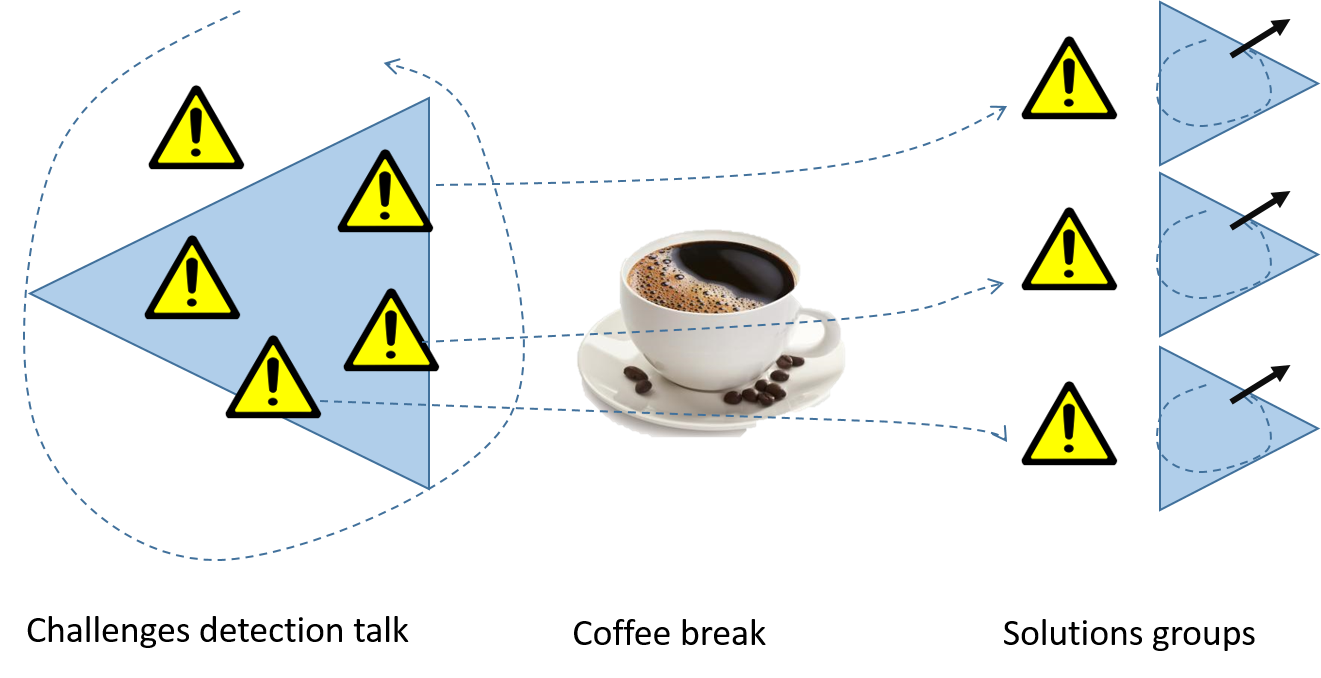Methods in organizations
From Deliberative Democracy Institiute Wiki
Day to day decisions made by manegers

Mangers need to make hundreds of mini decisions every day. They can't consult their people all the time, therefore they need to make their decisions alone, and in seconds. To be able to do that, mangers need to understand in many areas, to get good decisions.
Ben Horowitz suggested a solution to this problem and wrote that mangers need to meet their people often, and talk with them, and try to understand what they do. Mangers should regularly set one-on-one meetings, and learn what their people do and how they think about problems. They need to meet not just the high level administration, but with all levels of the organization[1].
Collaborative Conclusions Drawing
After a group made some project together, members need to learn together and improve. In the next method, we will suggest a process to collaborative conclusions drawing from the project.
In the first stage, every member is asked to present one major problem the group faced during the project. The writer put the challenges on a board or collaborative document. the next participant is asked to add a new challenge, etc. The others do not respond to the challenge, but let the current-speaker articulate the challenge. The only question that can be raised, is about clarifying the challenge. If the group is larger than about 15 members, it is best that not every-body talk, just those who had something to add.
Then it is best to take a coffee break, for free talks, so that the people can start digest the SON of every challenge.
After the coffee break, every participant should choose a challenge and ask the group to help him solve the challenge. In groups up to about 12 members, the whole group can help find the solution, in groups larger than that, sub-groups can form under each challenge. It is best to add to the sub-groups, the people that are responsible to the area of the challenge.
Then in the group, or sub-group members can think together on a solution. The solutions should be written on the board or collaborative document that will be sent to the team that is responsible to the solution. several solutions can be written.
References
- ↑ Ben Horowitz, 2014, The Hard Thing About Hard Things: Building a Business When There Are No Easy Answers
